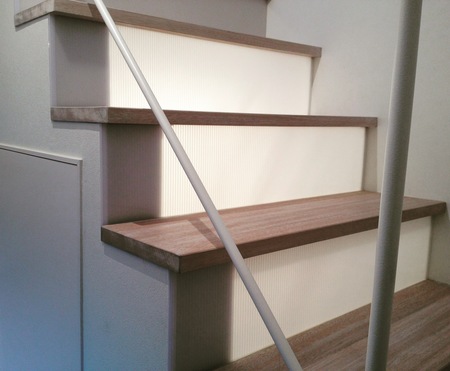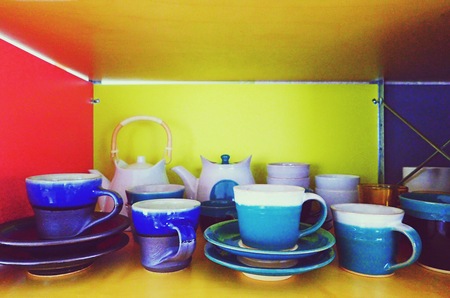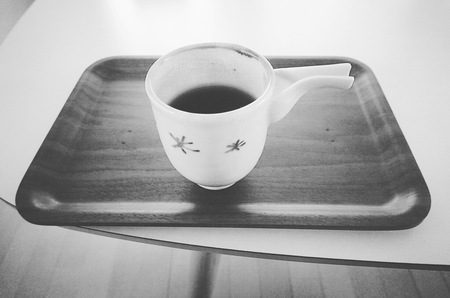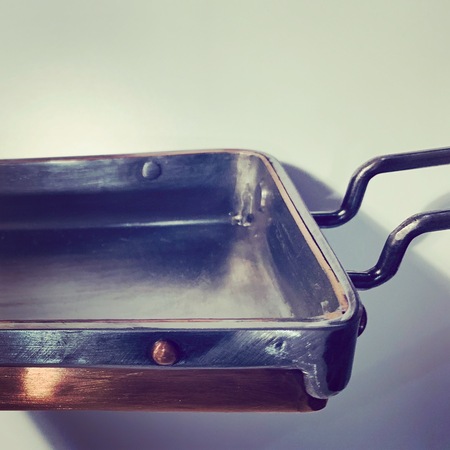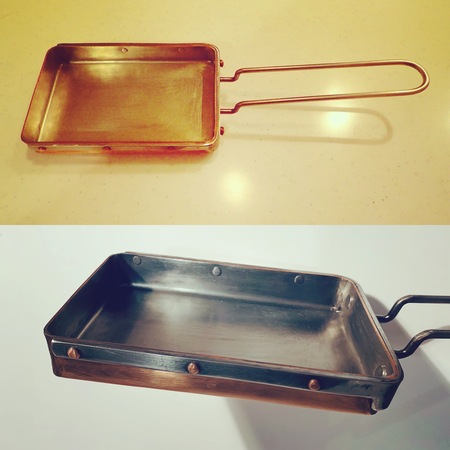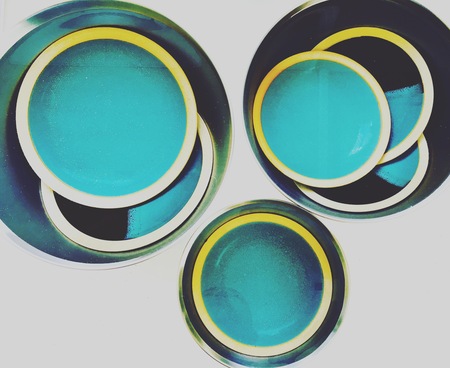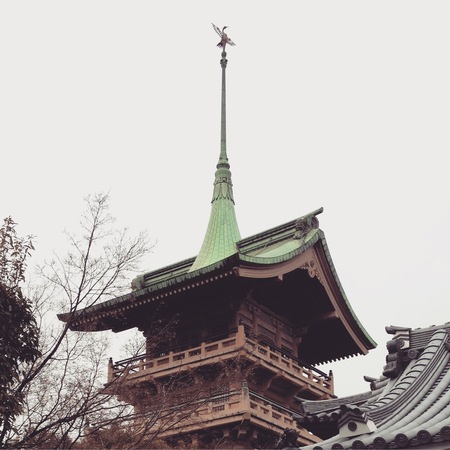ものとしての意識
端が、先が、もっと繊細ならば良いのに、というのは民藝だけでなく建築をにも言えることで、ものとしてどう見えるか、手先、足先を大事にしていない建築を結構見る。
わざと意図的に厚く見せているのと、何も意識せずに厚くなってしまった、では同じ厚みでも全く違って見える。
もっと言えば、繊細であれば良いのか、というのもあり、厚みがあることを意図することもあり、
さらに、もっと言えば、繊細であることは薄く、細くすることか、厚みがあって、太くても繊細になることもある。
ただ、いずれにしても、端々、先々まで意識して、1mm、0.5mm、0.3mmを出し入れする。
それは、単にディテールに凝るということだけでは無くて、建築のものという側面に対して、どう意識しているのかという話で、結構おざなりにされているのを見るし、その度に、建築はものなんだと再確認する。
"Consciousness as a thing"
Even if the end is more delicate, it seems that not only the folk art but also the architecture can be said, it seems pretty to see the architecture which does not take care of the hands and the toes.
It looks deliberately intentionally thick and it got thicker without consciousness, but it looks quite different at the same thickness.
In other words, whether it is delicious is good, sometimes it is intended to be thick,
Furthermore, to be more specific, it is thin, thin, thick, sometimes delicate even if it is thick.
However, whichever way, consciously conscious from one side to the other, take in and out 1 mm, 0.5 mm, 0.3 mm.
It is not just about sticking to detail, but we talk about how we are conscious about aspects of architecture, we see that it is quite saddened, and each time the building is a thing Reconfirm what it is.

